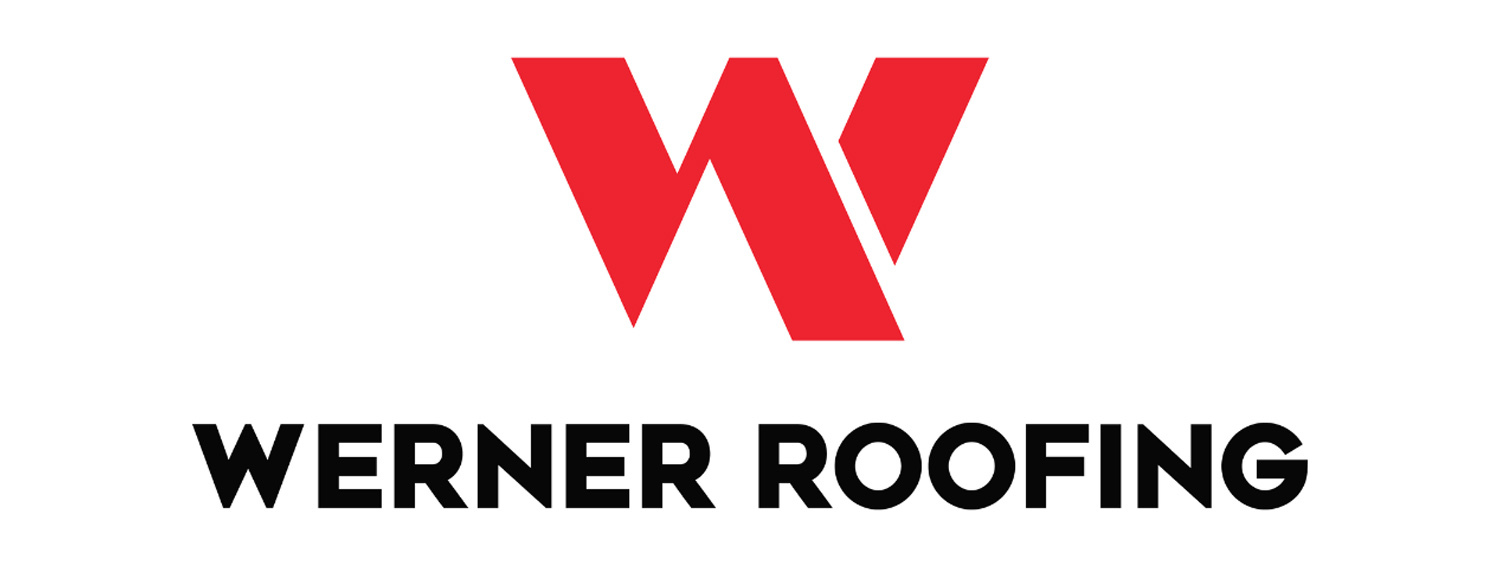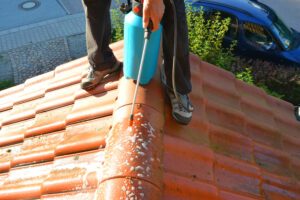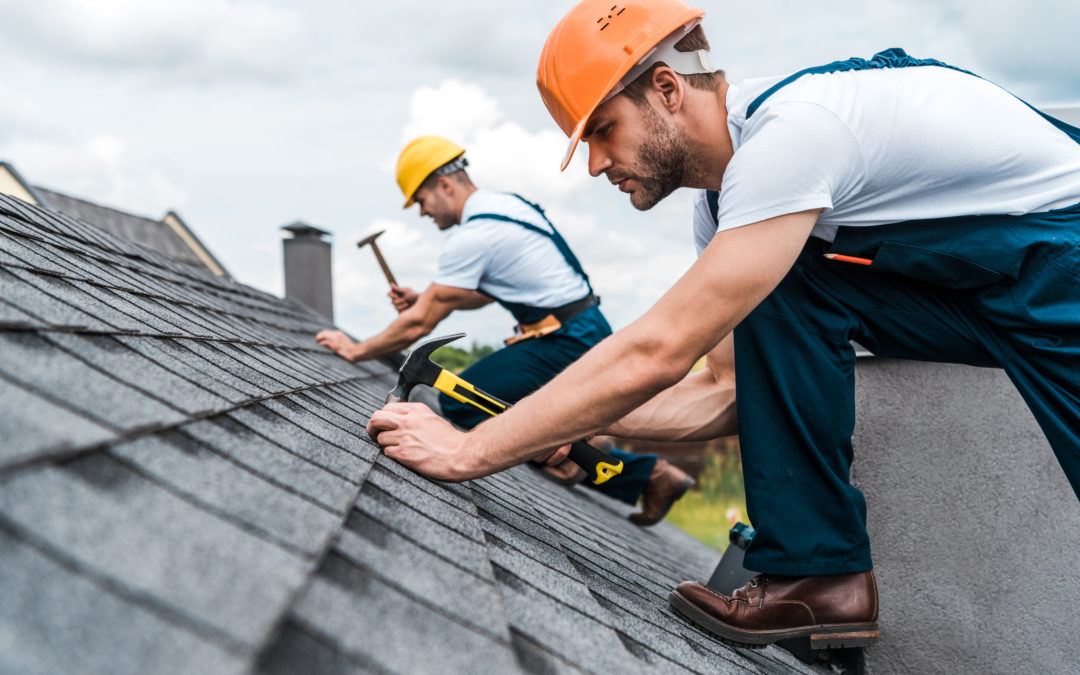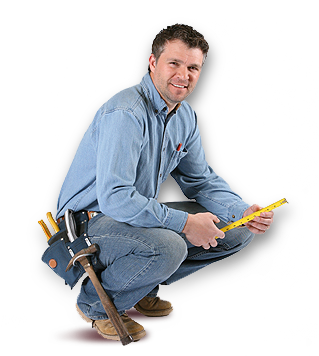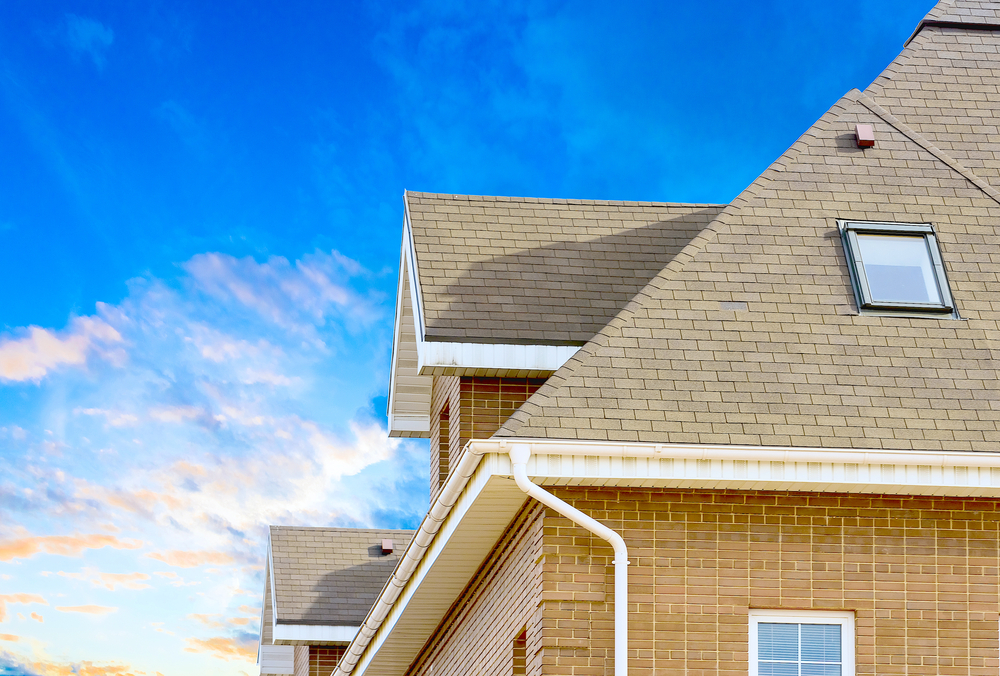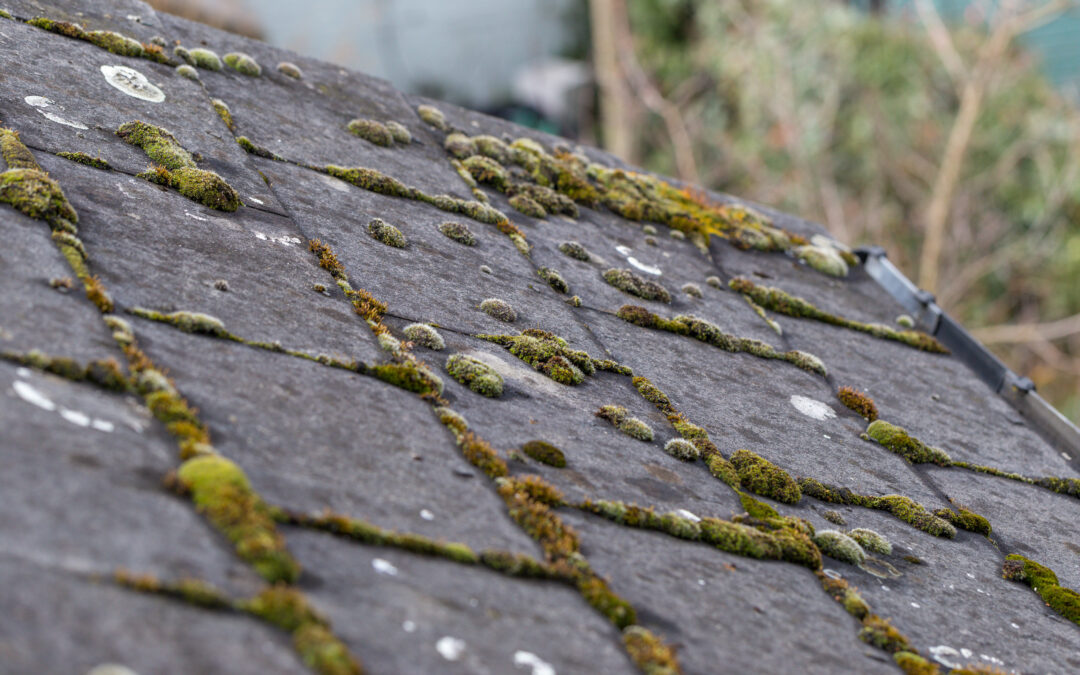
A Guide To Removing Algae From Roofs
Got Roof Algae? Here’s a Guide To Removing Algae From Roofs and More
What do overhanging branches, clogged gutters, standing water, and poor ventilation have in common? They can all cause roof algae.
Roof algae is an issue that many homeowners face, and many find themselves unable to fix it. That’s where we come in. Read on, and we’ll tell you all about removing algae from roofs and how to prevent it in the future.
What Is Roof Algae?
Gloeocapsa magma, commonly known as roof algae, is a dark, mold-like substance that appears on roofs. It’s most commonly found in warm, humid climates and can cause an unsightly appearance. Roof algae is characterized by dark stains and streaks or can appear as white or green markings across the roof.
How to Remove Algae From a Roof
If you’ve noticed some attractive coloring or moss growth on your roof, you’re probably wondering how you can get rid of it quickly – and quickly is the keyword here. If you don’t act fast, the problem can rapidly get worse.
We recommend having a roofing professional tackle roof algae removal. However, if you consider yourself handy and aren’t afraid of climbing ladders, there is a method you can try:
- Water and Bleach Mixture | The most common method of removal is a mixture of water and bleach with a 10:1 ratio. Pour the mixture over the infected area and let it sit for a half hour to 45 minutes. Once the mixture is set, rinse the area with water.
Note: We cannot stress this enough – do NOT power wash the roof; it will damage it. The algae will take some time to come off with this solution; just be patient.
For directions on creating the right cleaning mixture for your roof material, refer to this helpful article.
Again, this method is for those who feel capable of fixing household problems themselves and are comfortable up on their own roofs. If you are not one of these people, have no fear; there are professionals who can remove the roof algae stress-free.
How to Prevent Roof Algae From Forming
If the algae on your roof has been banished (either by you or a professional), the next step is to take preventative measures to avoid the algae returning. Even if you live in a humid climate, a rainy climate, or you deal with overgrown trees, there are still ways of keeping the algae at bay.
- GAF’s Anti-Algae Technology | GAF’s Advanced Algae Protection with Time-Release Algae-Fighting Technology, featuring thousands of copper microsites, efficiently releases algae-fighting copper over time, offering long-lasting protection against blue-green algae discoloration on roofs.
- Consistent Gutter Cleaning & Roof Inspections | It’s vital to have regular maintenance scheduled for gutter cleaning and roof inspections. Make the maintenance of your roof a priority, and you’ll save time and money in the long run – not to mention your house will look its very best.
- Regular Maintenance and Gutter Cleaning | Ensure there’s never any standing water on your roof, and if possible, trim any trees that may shed onto the roof or block the sunlight.
When to Call a Roofing Professional for Help
Contact a roofing professional the day you notice signs of discoloration, watermarks, dark spots, peeling paint, mold on your chimney, rotting wood, or crumbling drywall– it could be a sign of potential algae growth on your roof. The longer you wait, the harder it will be to treat. It’s never a wrong time to ask for the help of a professional.
Call Werner Roofing for High-Quality Roofing Services in West Michigan
At Werner Roofing in West Michigan, we aim to provide high-quality roof installation, repair, and replacement. We have over 30 years of experience in the industry, use only the highest quality materials from top brands, and pride ourselves on honesty and integrity. We’re proud of our service and team, and we’re happy to come out and take a look at your roof and offer a few suggestions to help treat your roof algae issues.
